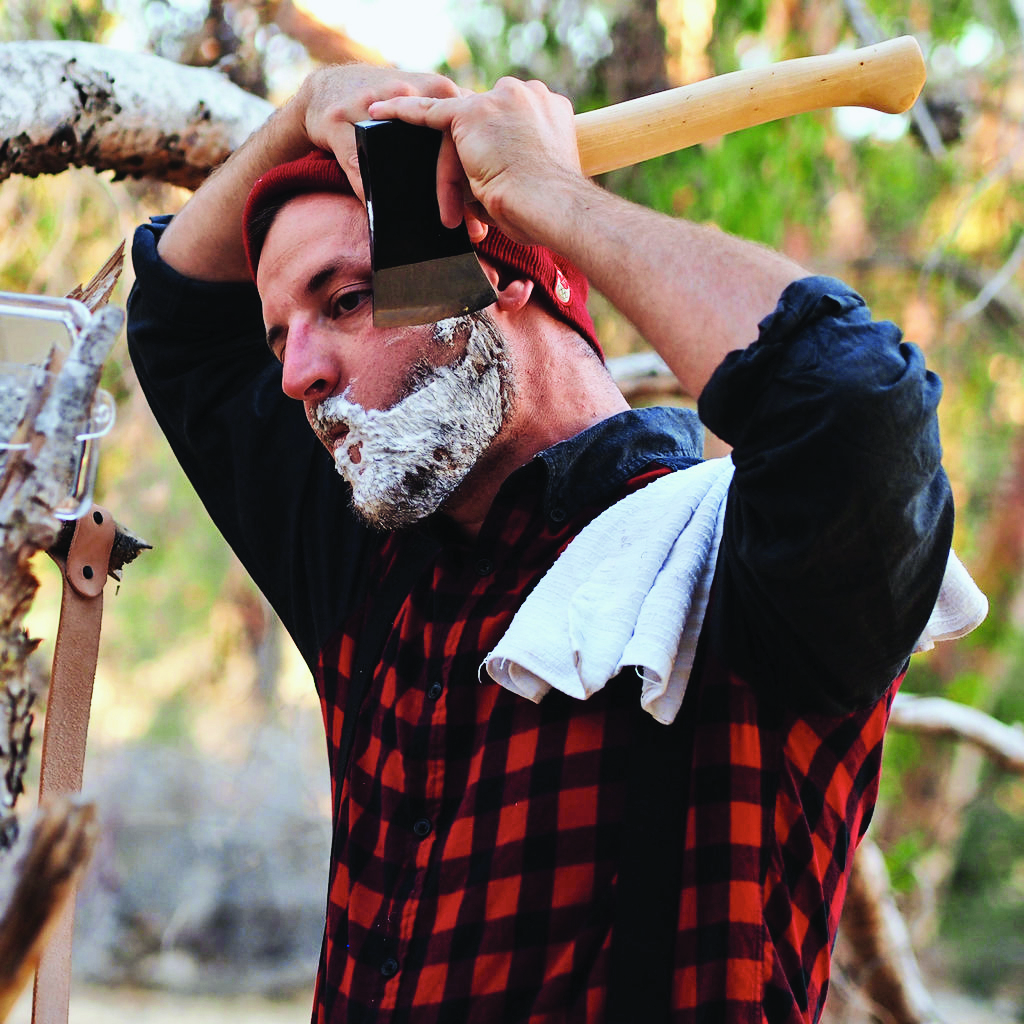How taking things apart led author Mike Warren to a career creating
Author Mike Warren takes everyday things — from Barbies to PVC pipes — and transforms them with his creative (and often useful) crafts. You might remember him from our recently featured excerpt from his book, Dude Crafts, that showed how to turn an old hard-drive into magnetic ceiling storage.
Mike was kind enough to answer a few questions for Hello Homestead about crafting, creating and the maker world. Enjoy!

Hello Homestead: You say “we learn by doing,” and it’s so true. So what kind of doing did you do when you were first beginning to make things? What were your first creations?
Mike Warren: I started my journey of making by taking things apart. As a
HH: The projects in your book run the gamut from whimsical creations to clever to truly useful. Where do you get your ideas from?
MW: I get my inspiration from trying to solve everyday problems using everyday items. I don’t think it’s necessary to reinvent the wheel each time I want to make a thing, so I look for shortcuts by leveraging things already made to be put to use in unusual ways. This usually results in an invention that solves one problem but creates another. To me, this is inspiring and helps inform future ideas on what to build and how to build them.
HH: What’s your favorite project in the book?
MW: Baby flask. It’s so silly and people are polarized about how they feel about it. Those are my
HH: For the next generation of makers, what skills are important to learn first?
MW: Stay curious; always. When I want to make something I look for what I think the most difficult part will be and tackle that first. Maybe it’s a fabrication method
HH: How would someone who wants to be part of the maker community get involved?
MW: There is no permission needed, and there are no rules about what “making” is, so just dive into whatever you’re passionate about.
Get started with something familiar and tackle new challenges from a comfortable place. For example, if you wanted to get into 3D printing a good place to start might be something familiar like sketching to fully understand what you want to make, then step up the complexity by looking at easy to use modeling software like Tinkercad (free, online, and approachable). With a little practice, you will surprise yourself with what your imagination can come up with.
Ask questions. Find a forum of makers (like Instructables or R
